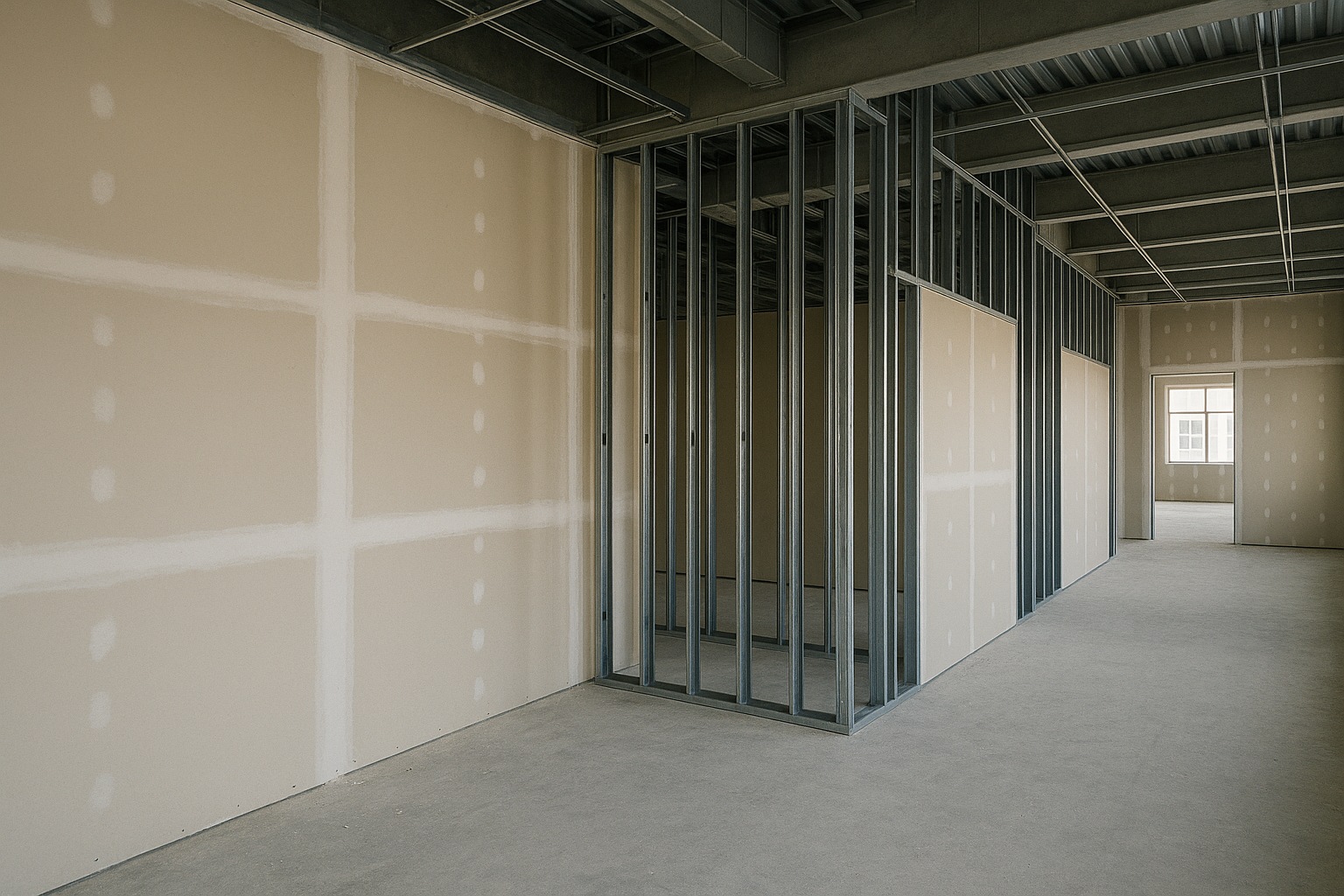
Finish levels in drywall are more than just a visual standard—they directly influence labor productivity, sequencing, material selection, and final project cost. When finish level assumptions are undocumented or misunderstood, the estimator’s bid is exposed to unnecessary risk. For Architects, Engineers, and General Contractors, documenting finish level assumptions in drywall bids is essential for transparency, accountability, and cost alignment throughout the construction process.
Each level of drywall finish (from Level 0 to Level 5) has specific labor, material, and inspection implications:
Not all drawings clearly indicate the finish level per wall or ceiling surface. This leaves it to the estimator to interpret intent—unless assumptions are clearly documented and justified.
Mitigating these risks starts by formalizing the finish level assumptions in the bid narrative and takeoff documentation.
Estimators can build clarity into their proposals using the following techniques:
Platforms like Active Estimating allow users to build and track finish level assumptions directly into the project record. These tools enable transparency and version control, ensuring all stakeholders are working from the same documented expectations—even as the design evolves.
Additionally, when using specialized drywall estimating software, you can model labor rates and material usage based on the finish level selected—turning a qualitative assumption into a quantifiable cost.
In drywall estimating, finish levels are not a detail—they are a cost driver. Proactively documenting and communicating these assumptions empowers teams to avoid ambiguity, reduce risk, and strengthen bid accuracy. With structured data entry and historical benchmarking enabled by tools like Active Estimating, contractors and design teams can eliminate guesswork and align expectations from takeoff to turnover.
Contact Information:
Active Estimating
508 2nd Street, Suite 208
Davis
California
95616
Rich Schoener
richard@activeestimating.com
(877)
Schedule a personalized demo to see how Active Estimating can work for your specific needs.
